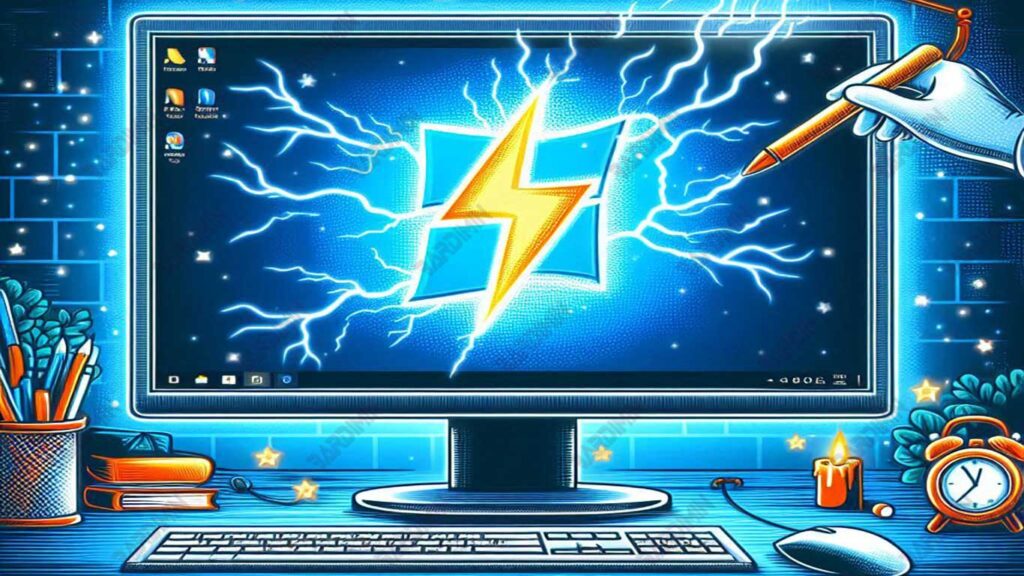What is a flickering monitor? Flickering on a monitor occurs when the screen flickers or flickers irregularly. Symptoms include sudden changes in light, fluctuations in brightness, or disturbing color changes. These issues can affect user experience and productivity.
Flickering interferes with visual comfort and can cause discomfort when using a computer. Flickering can affect a user’s performance and concentration, especially when working or gaming. Flickering can damage the screen panel and other components if allowed to continue.

Common Causes of Monitor Flickering
Graphics Driver Problems
A graphics card driver is software that allows operating systems and applications to communicate with a computer’s graphics card. Outdated or corrupted drivers can cause display issues such as monitor flickering. Precise drivers ensure optimal performance and display stability.
How to Update Drivers: Step by Step
- Check the Graphics Card Model: Find out the graphics card model used in your computer.
- Visit the Official Website: Go to the official website of the graphics card manufacturer (e.g. NVIDIA, AMD, or Intel).
- Download the Latest Driver: Search for and download the latest driver version according to the model of your graphics card and operating system.
- Install Driver: Run the driver installer and follow the instructions to install.
- Restart the Computer: Once the installation is complete, restart the computer to apply the changes.
Refresh Rate is not appropriate.
Refresh rate is the number of times per second the screen updates the displayed image, measured in Hertz (Hz). A refresh rate that does not match the monitor’s specifications or is not synchronized with the graphics card can cause the monitor to flicker.
How to Change Refresh Rate Settings
- Go to Display Settings: Right-click on the desktop and select “Display settings”.
- Select Monitor: Select the monitor that is experiencing flickering issues.
- Go to Advanced Settings: Click “Advanced display settings”.
- Change Refresh Rate: Under “Refresh rate”, select the appropriate option from the drop-down list.
- Save Settings: Click “Apply” and restart the computer if needed.
Software Conflicts
Third-party software, such as graphics applications, antiviruses, or system utilities, can cause conflicts that result in monitor flickering. Incompatible programs or running processes that interfere with the display of the screen are common causes.
Steps to Overcome Conflict
- Identify Problematic Programs: Pay attention to when flickering occurs and what programs are running.
- Disable Programs: Disable or close programs that are suspected of causing problems.
- Update or Delete a Program: Check if there are any updates to the program or delete it if it’s not needed.
- Safe Mode: Run the computer in safe mode to identify if a third-party program is causing the problem.
Hardware Problems
Damaged cables or loose connectors can cause the monitor to flicker. Ensuring a stable connection between the computer and the monitor is essential.
- Check the Cable: Make sure the cable is not damaged, bent, or torn.
- Replace the Cable: Try using a different cable to see if the problem is resolved.
- Check Connectors: Make sure the connectors are firmly attached at both ends (computer and monitor).
Screen Problems: Signs of Hardware Damage Damage to the screen itself can also be the cause of monitor flickering. Some signs of hardware damage on a monitor include:
- Lines on Screen: Display vertical or horizontal lines.
- Dead Point: An area on the screen that doesn’t show an image.
- Uneven Color: Inconsistent color change or brightness.
If the problem persists after trying the solutions above, it may be necessary to replace the monitor or check other hardware components.

